Subtracting 2-Digit Numbers
Subtracting two-digit numbers is a simple math operation that we want to introduce you to in this article.
[include_netrun_products_block from-products="product/6-south-carolina-sc-ready-grade-3-math-practice-tests/" product-list-class="bundle-products float-left" product-item-class="float-left" product-item-image-container-class="p-0 float-left" product-item-image-container-size="col-2" product-item-image-container-custom-style="" product-item-container-size="" product-item-add-to-cart-class="btn-accent btn-purchase-ajax" product-item-button-custom-url="{url}/?ajax-add-to-cart={id}" product-item-button-custom-url-if-not-salable="{productUrl} product-item-container-class="" product-item-element-order="image,title,purchase,price" product-item-title-size="" product-item-title-wrapper-size="col-10" product-item-title-tag="h3" product-item-title-class="mt-0" product-item-title-wrapper-class="float-left pr-0" product-item-price-size="" product-item-purchase-size="" product-item-purchase-wrapper-size="" product-item-price-wrapper-class="pr-0 float-left" product-item-price-wrapper-size="col-10" product-item-read-more-text="" product-item-add-to-cart-text="" product-item-add-to-cart-custom-attribute="title='Purchase this book with single click'" product-item-thumbnail-size="290-380" show-details="false" show-excerpt="false" paginate="false" lazy-load="true"]
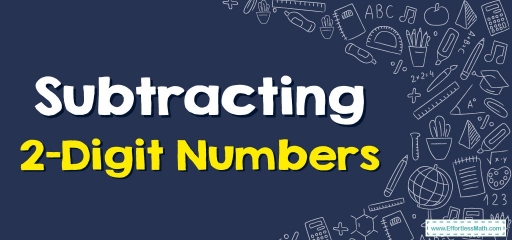
Whenever you subtract two-digit numbers we’ll subtract or minus some \(1\)-digit number from a \(2\)-digit number along with a \(2\)-digit number from another \(2\)-digit number.
To discover how these two differ, you have to do ‘ones from ones’ as well as ‘tens from tens’.
Related Topics
- Addition of Hundreds
- Addition of 3-Digit Numbers
- Addition of Four-Digit Numbers
- Adding 2-Digit Numbers
When you use subtraction there are \(3\) three numbers:
- the figure from which you subtract a lesser number is known as the minuend.
- the figure you are going to subtract is known as a subtrahend.
- the figure which is the subtracted result is known as the difference.
Note: A minuend is always bigger than a subtrahend.
How do you subtract 2-digit numbers?
Here are the steps for some examples of subtracting two-digit numbers, such as ‘ones from ones’ or ‘tens from tens’:
Step one: First, vertically position the numbers so the tens’ place numbers and the ones’ place numbers line up, which means one number ought to be written over the other one (The larger number is written down first, and then you write the lower number). Put a line underneath the bottom figure.
Step two: Deduct the numerals in the one’s spot and put the answer under the line in the ones’ spot column.
Note: If the number in the ones’ spot that’s being deducted is bigger than the top ones’ place numeral, reduce the top tens’ spot numeral by one and then raise the top ones’ spot value by ten before subtracting.
Step three: Deduct the numerals in the tens’ spot and put this answer under the line in the tens’ spot column.
Subtracting 2-Digit Numbers – Example 1:
Find the difference.
\(\begin{array}{r} &55\\ -\!\!\!\!\!&32\\ \hline \end{array} \)
Solution:
First line up the numbers: \(\begin{array}{r} &55\\ -\!\!\!\!\!&32\\ \hline \end{array}→ \) subtract the numerals in the ones’ spot column \((5 – 2 = 3)\) and put the resulting answer under the line. \(\begin{array}{r} &55\\ -\!\!\!\!\!\!&32 \\ \hline \end{array} \\ \ \ \ \ \ \ \ \ 3\), Continue with tens’ place. \(5 \ – \ 3=2\), \(\begin{array}{r} &55\\ -\!\!\!\!\!\!&32 \\ \hline \end{array} \\ \ \ \ \ \ \ 2\). \(\begin{array}{r} &55\\ -\!\!\!\!\!\!&32 \\ \hline \end{array} \\ \ \ \ \ \ \ 23\)
Subtracting 2-Digit Numbers – Example 2:
Find the difference.
\(\begin{array}{r} &47\\ -\!\!\!\!\!&15\\ \hline \end{array} \)
Solution:
First line up the numbers: \(\begin{array}{r} &47\\ -\!\!\!\!\!&15\\ \hline \end{array}→ \) subtract the numerals in the ones’ spot column \((7 – 5 = 2)\) and put the resulting answer under the line. \(\begin{array}{r} &47\\ -\!\!\!\!\!\!&15 \\ \hline \end{array} \\ \ \ \ \ \ \ \ \ 2\), Continue with tens’ place. \(4 \ – \ 1=3\), \(\begin{array}{r} &47\\ -\!\!\!\!\!\!&15 \\ \hline \end{array} \\ \ \ \ \ \ \ 3\). \(\begin{array}{r} &47\\ -\!\!\!\!\!\!&15 \\ \hline \end{array} \\ \ \ \ \ \ \ 32\)
Exercises for Subtracting 2-Digit Numbers
Find each difference.
- \(\color{blue}{73-51}\)
- \(\color{blue}{61-20}\)
- \(\color{blue}{35-15}\)
- \(\color{blue}{92-83}\)
- \(\color{blue}{22}\)
- \(\color{blue}{41}\)
- \(\color{blue}{20}\)
- \(\color{blue}{9}\)
Related to This Article
More math articles
- Top 10 ISEE Lower Level Prep Books (Our 2026 Favorite Picks)
- Mastering the Basics: The Significance of “Algebra I for Beginners” in Your Back-to-School List
- How to Identify Independent and Dependent Events?
- How to Determine Limits Involving Floor and Absolute Value Functions
- How to Find Domain and Range of a Function?
- 8th Grade Common Core Math FREE Sample Practice Questions
- 10 Most Common 5th Grade Common Core Math Questions
- Using Properties to Convert Traditional and Metric Units
- How to Use Box Multiplication Method
- Why Teaching Math At Home Is Beneficial For Your Kids?

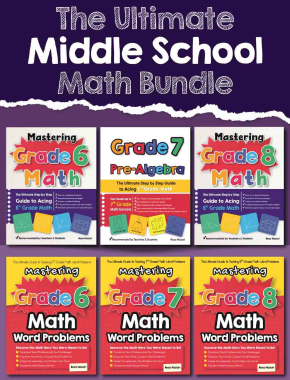
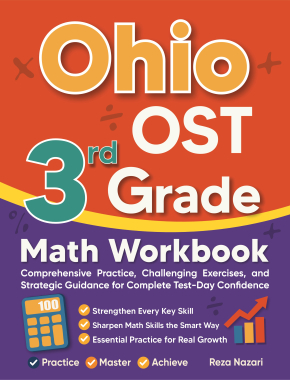

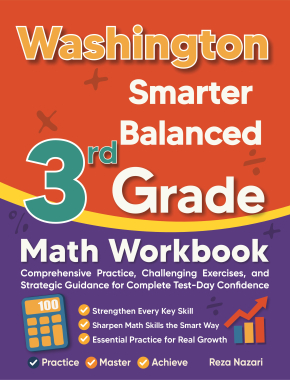
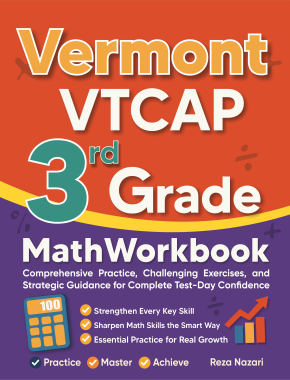
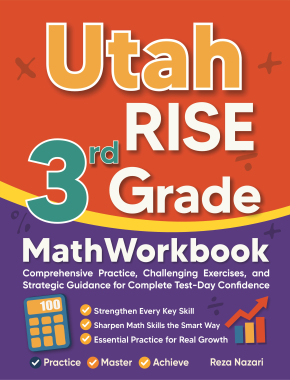

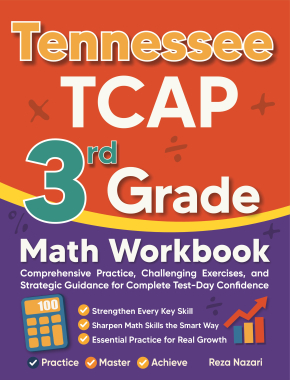
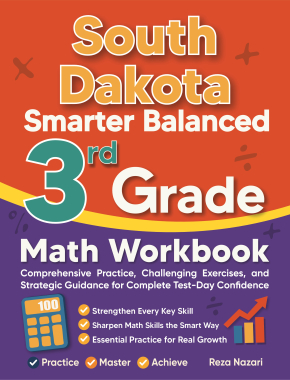
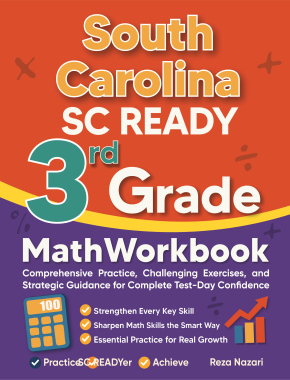
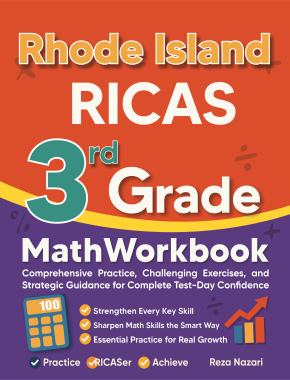
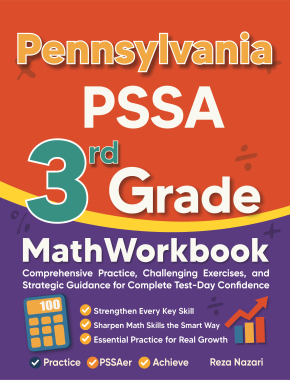
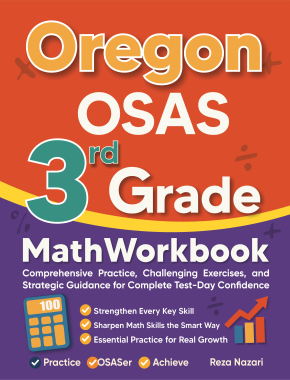
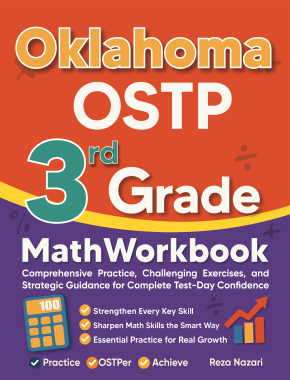
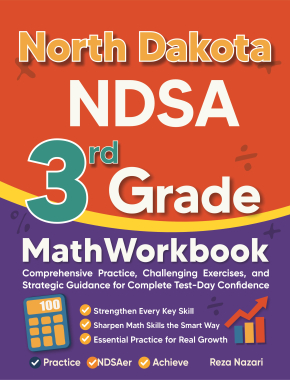





















What people say about "Subtracting 2-Digit Numbers - Effortless Math: We Help Students Learn to LOVE Mathematics"?
No one replied yet.